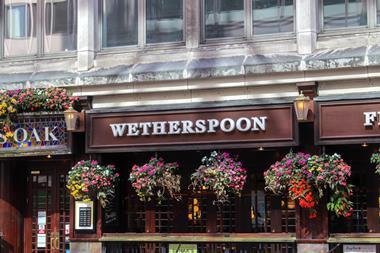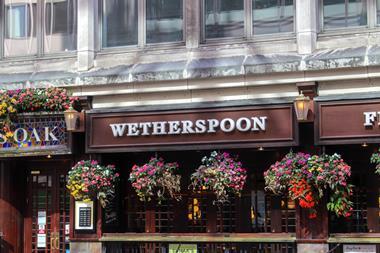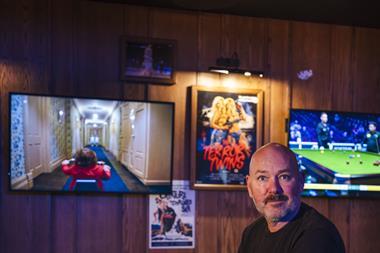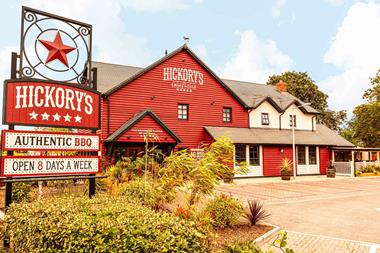Inside Track by Peter Martin
One week it’s alcohol, the next it’s tobacco. The assault on smoking and drinking from the Government, the medical profession and any other interested party seems relentless.
This week smoking was in the firing line with another damning report on the harm tobacco can cause.
Smoking damages almost all aspects of sexual, reproductive and child health, according to a report from the British Medical Association.
It says smoking has caused impotence in 120,000 men aged 30-50. It is responsible for up to 5,000 miscarriages a year, reduces the chances of successful IVF and is implicated in cases of cervical cancer.
The BMA is calling for tough anti-smoking measures, including help for pregnant women to avoid passive smoke. Women exposed to passive smoking at work should be entitled to leave of absence on full pay throughout their pregnancy, it argues.
The calls for greater controls, if not an outright ban, on smoking just can’t be ignored, not least because these moves have a growing weight of public support behind them.
The pub industry, in particular, has to get even smarter than it has been in dealing with the consequences. With tobacco it will have no option but to accept that “no-smoking” will become the norm in public places, including its own establishments.
Those that argue this would simply be caving in to the “politically correct” will eventually be seen having their heads stuck in the fug of their “smoky locals” unable to see the future
Most major operators are already a way down that route that will end in the majority of space in Britain’s pubs being no-smoking. Laurel may be the most prominent with its smoking-free pubs, but most of the country’s biggest operators accept the political, social and economic reality and are working to that end.
The rest of the industry will need to move too. Luckily it has the opportunity to do it of its own volition and to some extent at its own pace.
The Government has said that it prefers self-regulation, and much credit must be given to the industry’s Charter Group for keeping the politicians on side. But it is also looking for the “tipping point” when no-smoking will be the norm rather than the exception.
The industry will need to act and make the most of this opportunity to phase in change at a pace that will work both for the regulators and the industry’s own members.
The first step must be the acknowledgement that no-smoking areas must come into force and effective ventilation needs to be used to properly segregate smoking from no smoking areas. Just trying to improve the atmosphere in all smoking pubs and restaurants will not be enough.
The next steps, as the more progressive trade associations are likely to recommend, should include no-smoking at the bar, as in Wetherspoon’s, and in areas where food is served and children are present.
If you think this is tough, just think what an all-out ban will feel like.



































